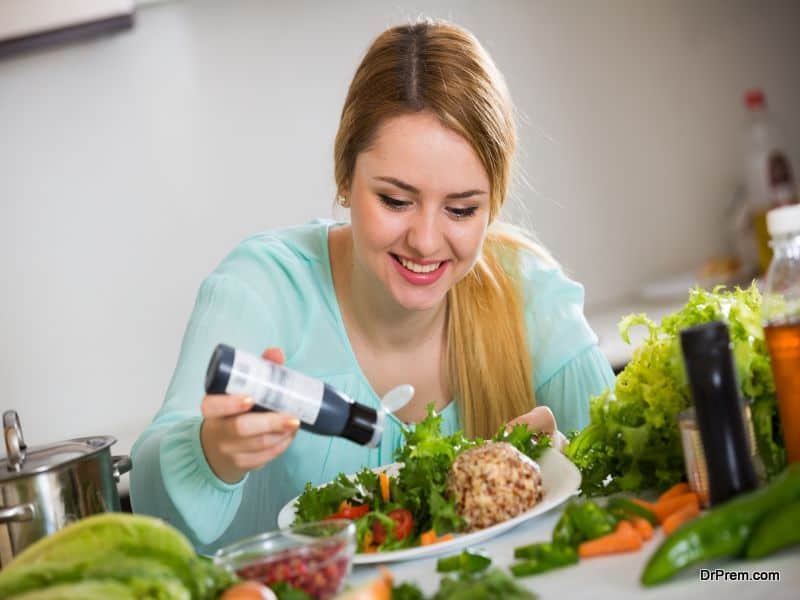Volumetrics diet’s principle is avoiding high density high calorie food which could be effective for weight loss. Nutritionist Barbara J. Rolls who studied obesity and hunger for many years formulated this diet which teaches how to spot foods with hidden calories, and how to discover foods that give one the feeling of being satisfied while consuming lesser calories. Her book on the Volumetrics diet encourages people to lose weight by eating food and feeling satisfied rather than starving oneself in the quest to lose weight.
How it works
This diet emphasizes on eating and not deprivation of food. The focus is on feeling full, because people tend to eat more. Volumetrics suggests people eat foods like fruits and vegetables, lean meat, low-fat dairy, beans and whole grains, which are low in density and have less calories too. Foods which have high energy density are fatty and sugar foods like cookies and potato chips. According to Dr. Rolls, it is possible for you to get rid of the desire for junk food.
Eating water rich foods like green salads, soup and so on leads to one feeling satiated even though one is eating less. Volumetrics gives tools using which one can calculate energy density of foods and keeping a food journal and exercise is recommended.
Some features of the Volumetrics diet:
Adding vegetables and fruits in your diet
Volumizing means adding volume to your meals in the form of adding vegetables and fruits to every meal. This means you have to chop a lot of vegetables and Dr. Rolls suggests you can do this while catching up with your spouse, partner or children. And if you don’t have time, then just buy fresh, chopped vegetable from the market. Frozen veggies can also be used to make meals healthier.
Satisfying eyes first
Volumetrics diet preaches full plates. This is because subconsciously, you take in the sight of the full plate and your brain registers that you are satisfied. The brain sends the message that you won’t be hungry after your meal is over, helps you to stay away from wrong foods, which you may tend to gorge on if you continue to feel hungry even after having lunch or dinner. To create a full plate you can add ingredients which add water or air like puffed rice or yogurt.
Eating before eating
Eating before eating i.e. filling up with low cal soups or salads can help you get rid of hunger pangs. You have to eat more of salad greens and stock up on ingredients for quick soups like frozen veggies or readymade broth based soups.
Proteins
Proteins are recommended too, especially smaller portions of lean protein like beef, fish and chicken, cereal, skim milk, tofu, beans on salad. Proteins are an important source of energy and can be used as a source of energy, though gorging on protein too will not be beneficial to you.
Wipe your plate clean
The goal of this diet is to feel full and thus cleaning your plate becomes essential. Eating a full plate of water based vegetables and fruits help you to feel full and thus avoid snacking. This means that you will naturally stay away from overeating and thus will not put on more weight.
The science behind
Volumetrics is basically good advice which is backed by science, as it has been formulated after years of research.
Eating right
A huge advantage of this diet is that it teaches people to eat right. Water based foods are healthier foods, and so this diet can help you eat right.
Some drawbacks of Volumetrics diet
Cooking is required
Volumetrics emphasizes on home cooking, so this may not suit those who are not used to cooking or like to eat out.
Short term satiety is a possibility
Eating a lot of low calorie food according to Volumetrics diet help in feeling full but you may feel hungry after a short time.
Volumetrics eating plan can help to quit on-off dieting. On-off dieting is usually due to people starting to eat again after periods of food deprivation, whereas Volumetrics is based on eating right, rather than giving up eating or drastically reducing some foods from your diet.









